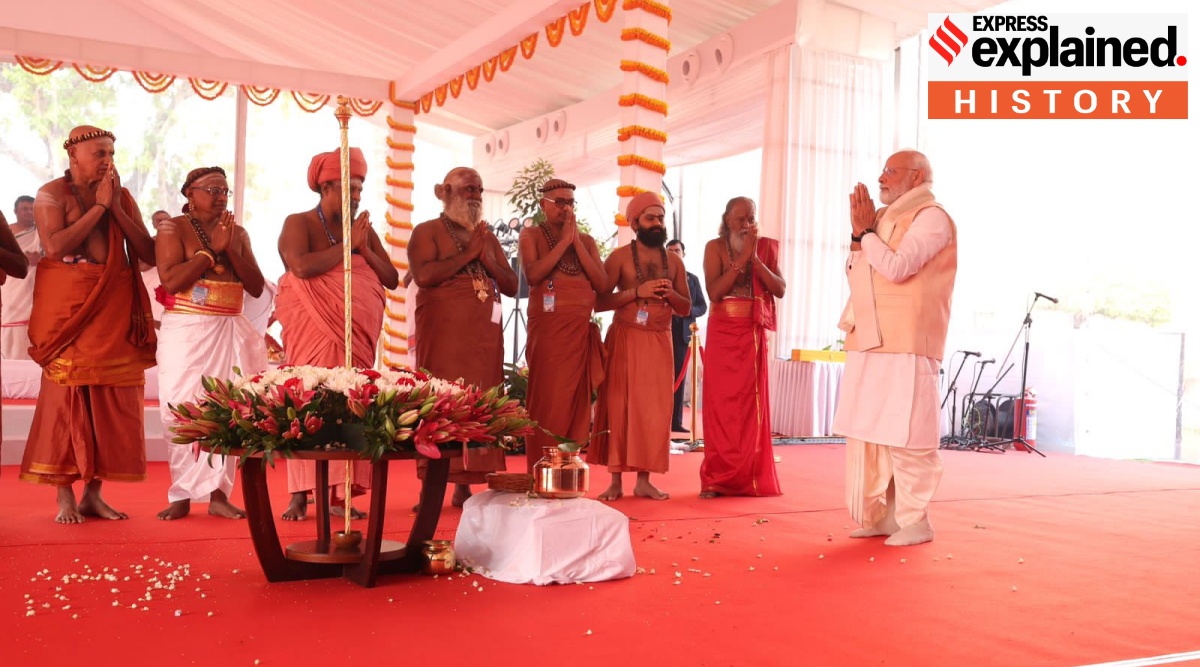- Arvind's Newsletter
- Posts
- Arvind's Newsletter
Arvind's Newsletter
Issue No #753
1.India top destination being explored by MNCs as alternative to China, finds global CEO survey
India is the top destination being explored by multinational corporations as an alternative to China, according to a survey of 100 CEOs who primarily represent foreign B2B-focused firms. The CEOs also consider Vietnam, Thailand and their own home countries as potential options.
Amid China’s increasing geopolitical assertiveness, questionable trade and business practices, and rising labour costs, 88% of the CEOs who participated in research firm IMA India’s 2023 Global Operations Benchmarking Survey opted for India as their primary alternative to China. The survey was run among companies with a presence in India.
“In the last five years foreign MNCs have increased their onground presence in India, partly as a result of diversification away from China. In particular, the IT & ITES companies are ramping up the share of their global workforce that is based in India,” said Suraj Saigal, Research Director, IMA India.
Read more at:
2.Better late than ……
South Korean e-commerce giant Coupang plans to enter Indian market. Will directly take on Flipkart and Amazon as it it sets foot in India, reports Business Standard.
The SoftBank-backed start-up has started dialogues with the Indian government to enter one of the world’s largest e-commerce markets. While Flipkart and Amazon, have proved their success in the Indian market over the past decade, they are facing challenges from the government-backed ONDC and other homegrown e-commerce platforms such as Reliance’s JioMart and Tata Digital.
India is fast emerging as a lucrative e-commerce market, but is still seen as under-penetrated. It is projected to grow from $83 billion in 2022 to $150 billion in 2026, according to the FIS 2023 Global Payments Report.
3.India’s Taj Rambagh Palace beat more than 1.5 million hotels on Tripadvisor to claim the site’s Best of the Best Hotels title for 2023.
Nicknamed “The Jewel of Jaipur,” the Rambagh Palace, built in 1835, originally served as the home of the queen’s favorite handmaiden before becoming a royal hunting lodge and the last residence of the Maharaja of Jaipur.
A statement to its luxury, hotel guests stay in the same rooms that Jaipur’s royal family used, as well as strolling along the hand-carved marble corridors and the Palace’s elaborate Mughal gardens and courtyards.
The Rambagh Palace was joined at the podium by the Ozen Reserve Bolifushi resort in the Maldives, and the Hotel Colline de France in Gramado, Brazil.
4.Tesla’s Model Y is the first electric vehicle to become the world’s best-selling car. Industry figures show that 267,000 Model Ys sold in the first quarter of 2023, putting it ahead of the Toyota Corolla despite costing twice as much and sold in 70 fewer countires. Recent price cuts have further boosted sales, while the Corolla’s are trending down, Electrek reported.
Sengol: An ancient South Indian tradition symbolising a Dharmic kingship has been ceremonially resurrected with the installation of the sceptre of righteousness in India’s new Parliament building. This article in Indian Express by author and historian Manu S Pillai delves into the sengol controversy.
A senkol — or chenkol — is a royal sceptre, signifying kingship, righteousness, justice, and authority, among other qualities linked to the correct wielding of power. Its origins lie in Tamil Nadu, and it served as a kingly emblem. Among the Madurai Nayakas, for example, the senkol was placed before the goddess Meenakshi in the great temple on important occasions, and then transferred to the throne room, representing the king’s role as a divine agent.
It was also, therefore, a legitimising instrument: the Sethupatis of Ramnad, for instance, when they first attained kingly status in the seventeenth century acquired a ritually sanctified senkol from priests of the Rameswaram temple. It marked the ruler’s accountability to the deity in the exercise of power, as well as his graduation from chiefly status to a more exalted kingly plane.
As such, the senkol may be described, in its historical context, as a symbol of dharmic kingship.
“The Prime Minister is not appealing to constitutional norms but to a cultural — or some might say, a civilisational — legitimacy. The placement of the senkol near the Speaker’s chair is to give that chair — which derived meaning so far via Western parliamentary conventions that we adopted and adapted — a more visibly Hindu quality and casing.
The Prime Minister and his supporters will see it as an act of cultural renascence; others will bewail the political Hinduisation of one more national symbol”.


/cdn.vox-cdn.com/uploads/chorus_asset/file/24684617/Tesla_Model_Y.jpg)
